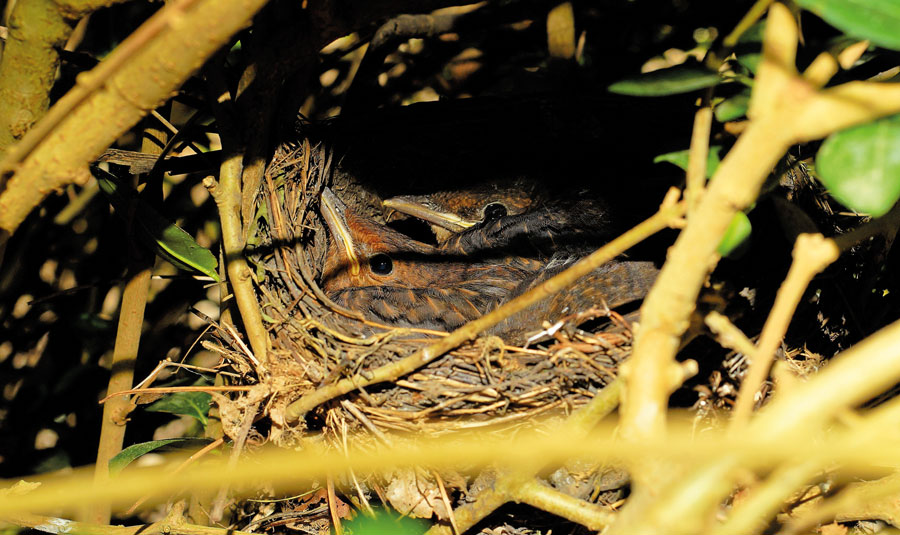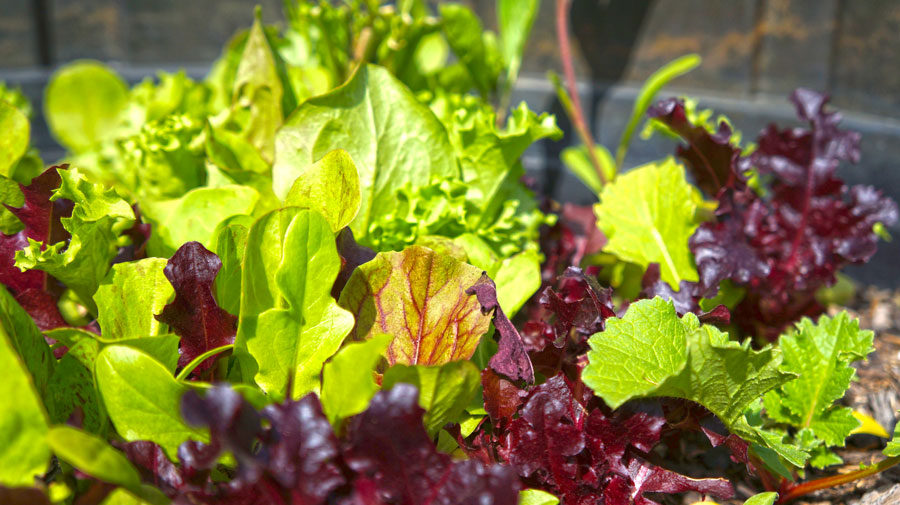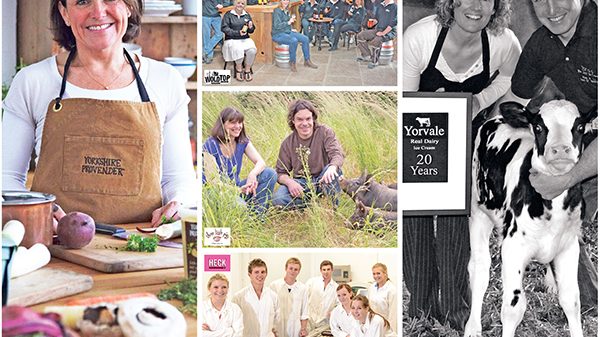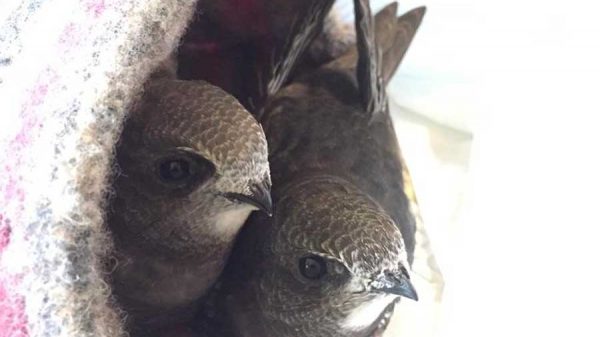The hedge is probably the last thing on your mind as borders, lawns, containers and greenhouses compete for your attention, but a little help now can help your hedge stay healthy and strong. I like to take a careful look along the hedge to see if it has any residents, particularly birds who not only build their nests in them but keep on top of the many insect pests feeding their young with grubs and flies which would otherwise populate our plants. It’s not time to clip hedges and indeed you should avoid temptation until any nesting birds have flown the nest.

It is a good time however to give your hedge a feed, yes I know it will encourage more growth and may result in you needing to cut the hedge more than once but a healthy hedge is a strong hedge, thick and impenetrable and a haven for wildlife. Hedges also dry out just the same as garden plants and later in the season it is good practice to give them a drink, particularly if we have a long dry spell.
Applying a mulch of garden compost at this time of year to the base of your hedge can help conserve moisture and stifle weeds. I use organic chicken fertiliser, but any general fertiliser will do, applying it at the rate of a hand-full per yard (metre) of hedge. Encouraging birds into your garden is a great way of reducing pests that attack our plants, last year I saw Blue Tits and Great Tits, picking off the greenfly on my roses, an amazing sight.
If you haven’t already done so it’s a good time to start sowing. Indeed May is probably the busiest month for sowing vegetables and a time when it is easy to become overwhelmed by trays and rows of seedlings all needing your attention. If you are new to gardening then my advice is to start slowly. If you are keen to have a go at sowing choose something that germinates easily and matures in several weeks. Salads are a great group of veg, lettuce salad leaves, radish, spring onions and mini carrots all mature quite quickly and in the case of salad leaves and lettuce can be eaten at any stage. I have used up spare lettuce seedlings in a sandwich, pinching the tops of the plant and rinsing under the tap, they taste just the same as seedlings and in some cases a little sweeter.

I tend to sow most of my vegetable plants in pots, if you don’t have a greenhouse than a cold frame is just as good for raising seedlings at this time of year. The trick is to pot the seedlings on when they are large enough to handle, that is normally when the second pair of leaves are about 1-2 cm ( 1/2 to 1 inch) long.
I find it much easier to handle seedlings grown in a pot and to plant out pot grown plants than trying to create a seedbed, sowing and thinning in the ground. It also means that I can start them a little earlier before the soil has warmed up and drained a little.
I also find that growing a few plants in pots means that I’m never overwhelmed by hundreds of seedlings and nowhere to grow them.
It’s amazing that despite the cold wet start to the year how plants seem to catch up, unfortunately this also means that the weeds seem to appear with equal speed quickly overtaking most plants in growth terms, with a freshness that would be admired if it was lettuce, and an enviable resistance to pest and disease attack. Some days I think we would be better off cultivating weeds and leaving the plants to someone else but that’s not gardening. So tackling these little blighters is a priority this month. I remember as an apprentice, weeding at Golden Acre Park, spending days hand weeding in the woodland, pulling up hundreds of silver birch seedlings which emerged as great blankets of green even under the densest of Rhododendrons. A tedious task even for an enthusiastic teenager. The easiest way of reducing the population of annual weeds is to use a hoe, but use it effectively, choose a day that is warm, dry and sunny and gently slide the hoe blade just under the surface of the soil shaving off the seedlings. in a couple of hours the seedlings will have shrivelled up and that’s the last of them. Be warned though it is very likely that there is another crop of seeds under the surface waiting to germinate. They say that allowing weeds to seed for one season will result in the production of enough seed to last seven years!
For stubborn and some perennial weeds you may have to resort to chemical treatment and there are a few on the market that are quite effective, check with your local nursery or garden centre for advice on which to use.
Next Month, Staking floppy borders, Tomato cuttings and what to do with grass clippings.






